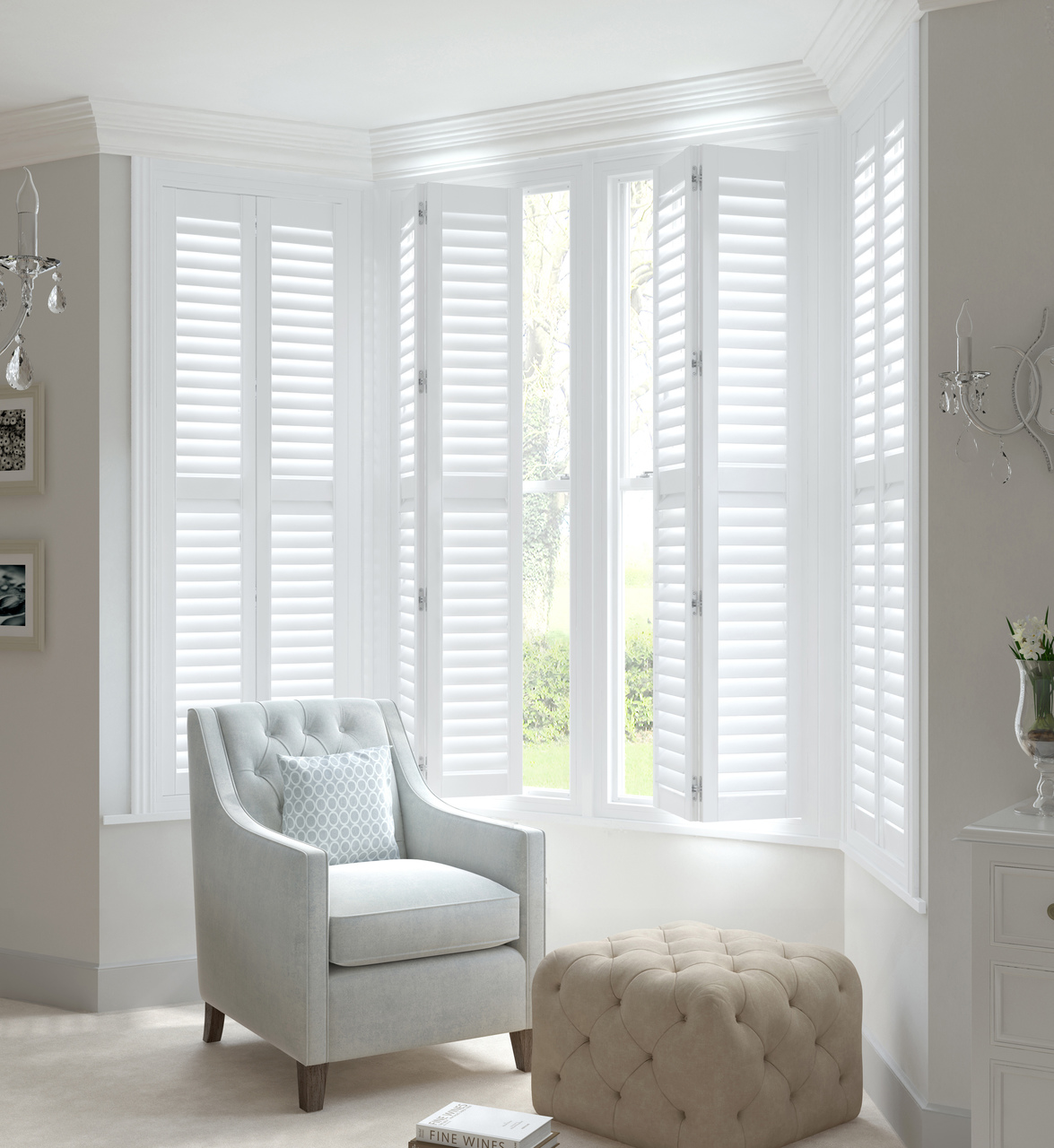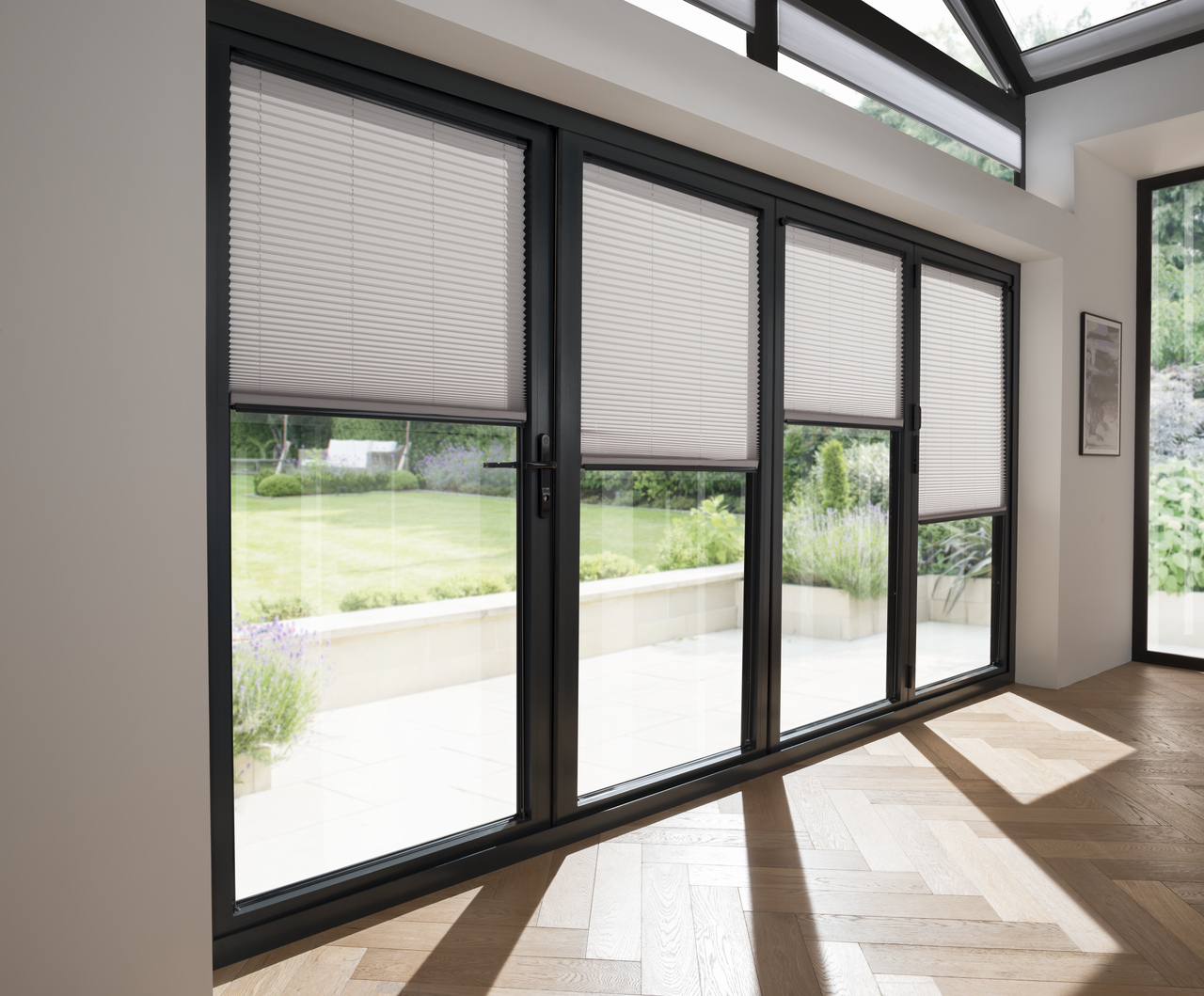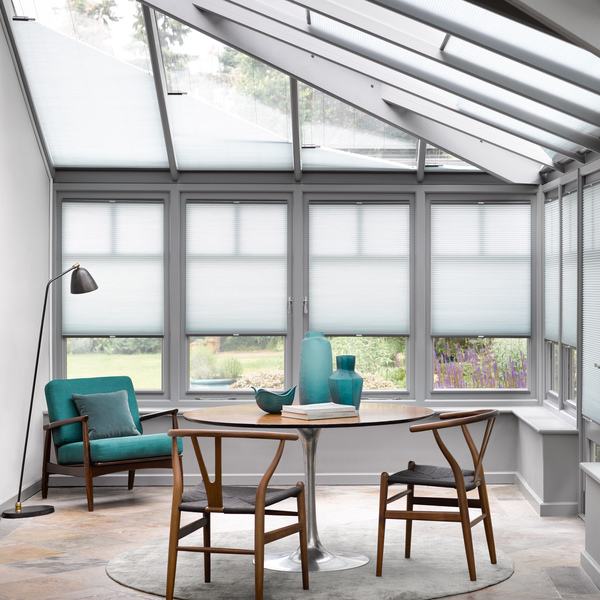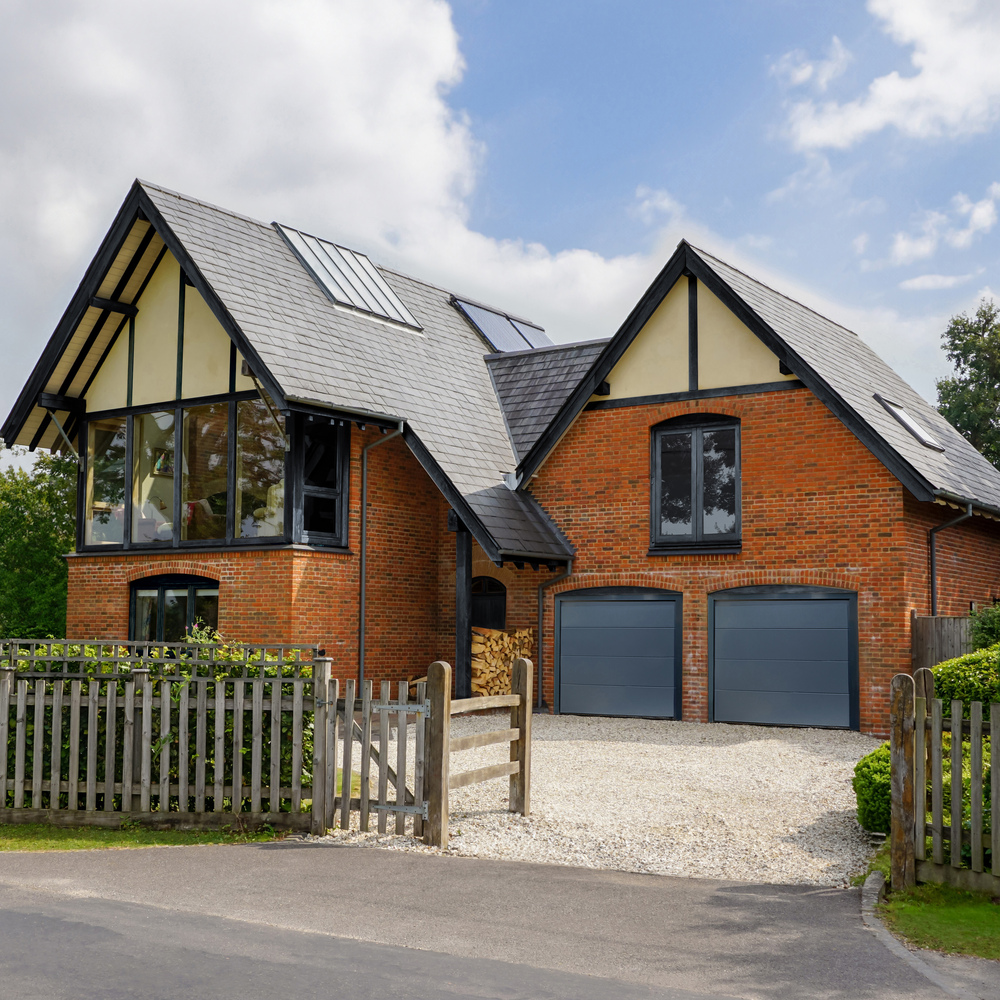Choosing between blind and shutters
When it comes to choosing the right window dressing for your home, two timeless options that consistently top the list are shutters and blinds. Both offer privacy, light control, and style, but they differ significantly in functionality, aesthetics, and suitability for different rooms and window types. Understanding the pros, cons, and characteristics of each can help you make an informed decision that suits both your needs and design goals.




















